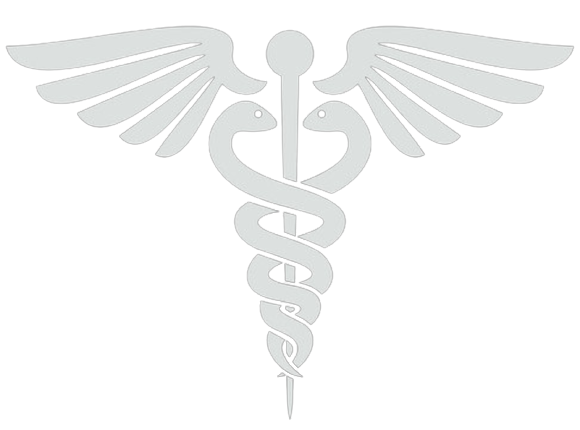Understanding STD
Sexually transmitted diseases (STDs) are a major concern in dermatology practice. STDs can present with various symptoms, including skin rashes, sores, and ulcers in the genital area, which can be distressing and embarrassing for patients. It is essential to have an understanding of the different types of STDs, their clinical manifestations, and the diagnostic tests available for their detection.
Common STDs in dermatology include chlamydia, gonorrhea, syphilis, genital herpes, human papillomavirus (HPV), and HIV. Each STD has its unique set of symptoms and signs, making a thorough patient history and physical examination crucial for diagnosis. Dermatologists may perform diagnostic tests such as blood tests, urine tests, and swabs of the affected area to confirm the diagnosis.
Treatment options for STDs vary depending on the type of infection, the severity of symptoms, and patient factors such as age and pregnancy status. Treatment may involve oral or topical antibiotics, antiviral medications, or immunomodulators. In addition to treatment, patient education about safe sex practices and the importance of regular STD screening is critical in preventing the spread of STDs.
In summary, dermatologists play a vital role in the diagnosis and management of STDs. A thorough understanding of the different types of STDs, their clinical manifestations, and the diagnostic tests available is crucial for effective management.



